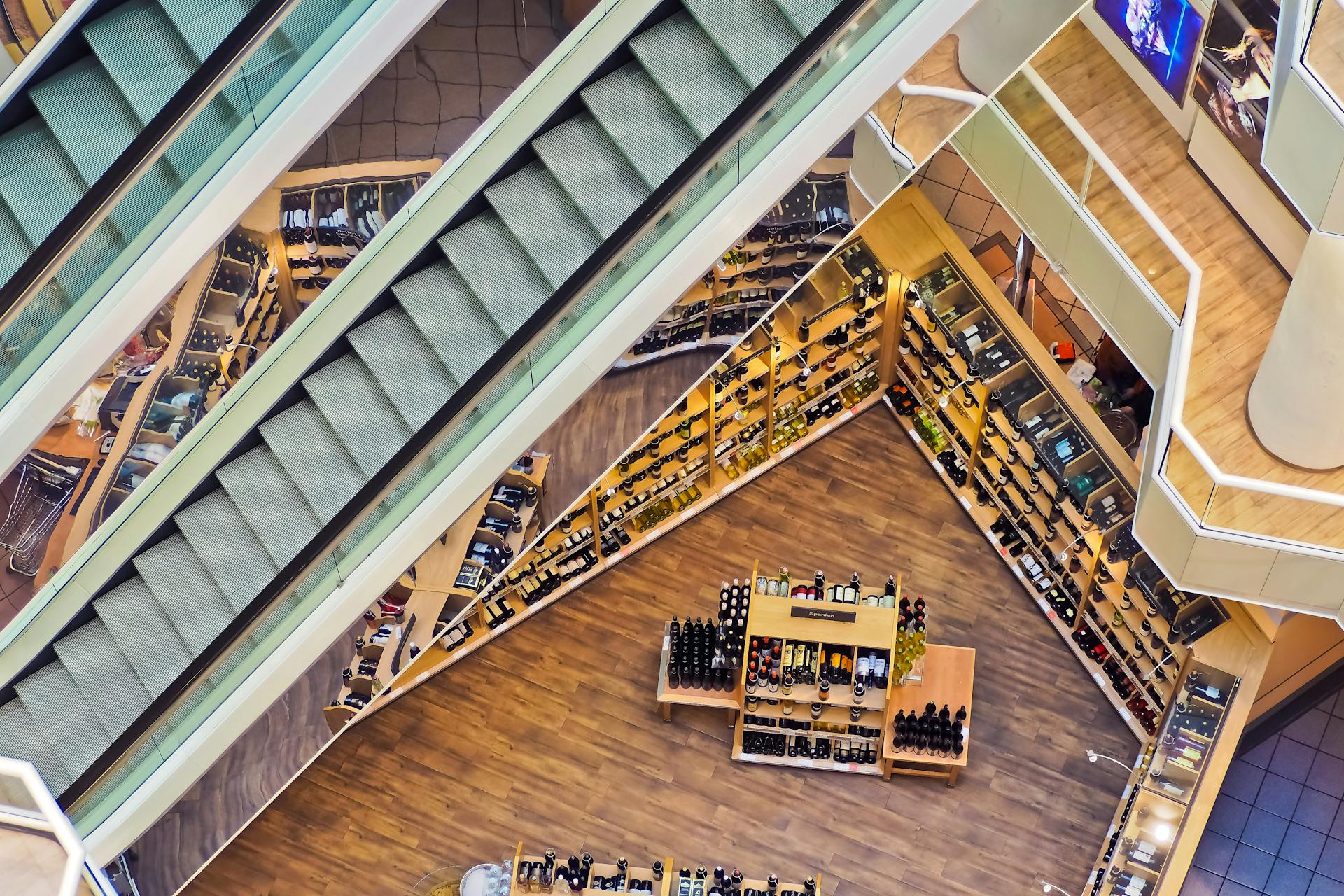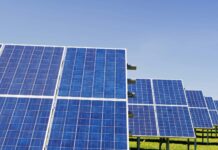Buildings in the commercial sector are still seeing a major lag in improving their energy efficiency measures, says a new report from CBRE. But, the business case for improving your buildings still stands strong. According to its recently updated Sustainability Index, all energy-efficient commercial property assets have recorded total returns of 11.2%, compared to 7.0% for the inefficient sample.
Jennet Siebrits, CBRE’s Head of UK Research, said, “Taking a view over the history of the index, we see that ‘inefficient’ assets have underperformed ‘efficient’ in terms of total returns and capital growth across all sectors. This performance gap is still evident despite narrowing marginally over the first half of 2024.”
Energy efficiency in the retail sector
The performance gap for buildings in retail was still present in the first part of 2024, which the report notes has been a common trend for this sector. From facing greenwashing claims to chasing net zero goals, retail often faces many obstacles.
With the upcoming Minimum Energy Efficiency Standards (MEES) deadline approaching, improving the efficiency of building stock is more important than ever. (See our full guide on MEES deadlines here.) Commercial property landlords and owners must achieve an EPC of C or higher by 2028. This deadline was previously 2027 but was pushed back by one year in February 2024. By 2030, properties must achieve an EPC rating of B or higher.
Office Sector
The office sector continues to experience the widest performance gap between energy-efficient and inefficient properties, especially when it comes to rental values. According to CBRE’s H1 2024 data, efficient office buildings saw a rental value growth of 2.3%, outpacing the 1.6% growth observed for inefficient assets. Despite this, total returns for efficient offices slightly lagged behind inefficient ones, at -0.3% versus 0.3%. However, capital value growth remained negative across the board, with efficient offices recording -2.3% compared to -2.0% for inefficient properties.
CBRE’s research suggests that heavily discounted inefficient office spaces are beginning to attract investors looking to capitalize on value-add opportunities through “brown to green” conversions, as the market for sustainable, energy-efficient buildings matures.
Industrial Sector
The industrial sector continues to show relatively balanced performance between efficient and inefficient assets, though efficient properties have historically led in total returns and capital growth. However, during the first half of 2024, this trend shifted slightly, with inefficient industrial buildings outperforming their efficient counterparts. Total returns for inefficient assets reached 3.2%, compared to 2.2% for efficient ones.
CBRE’s findings underscore the complex dynamics within the commercial real estate market, as investors weigh the advantages of energy-efficient buildings against the potential value of upgrading older properties.












